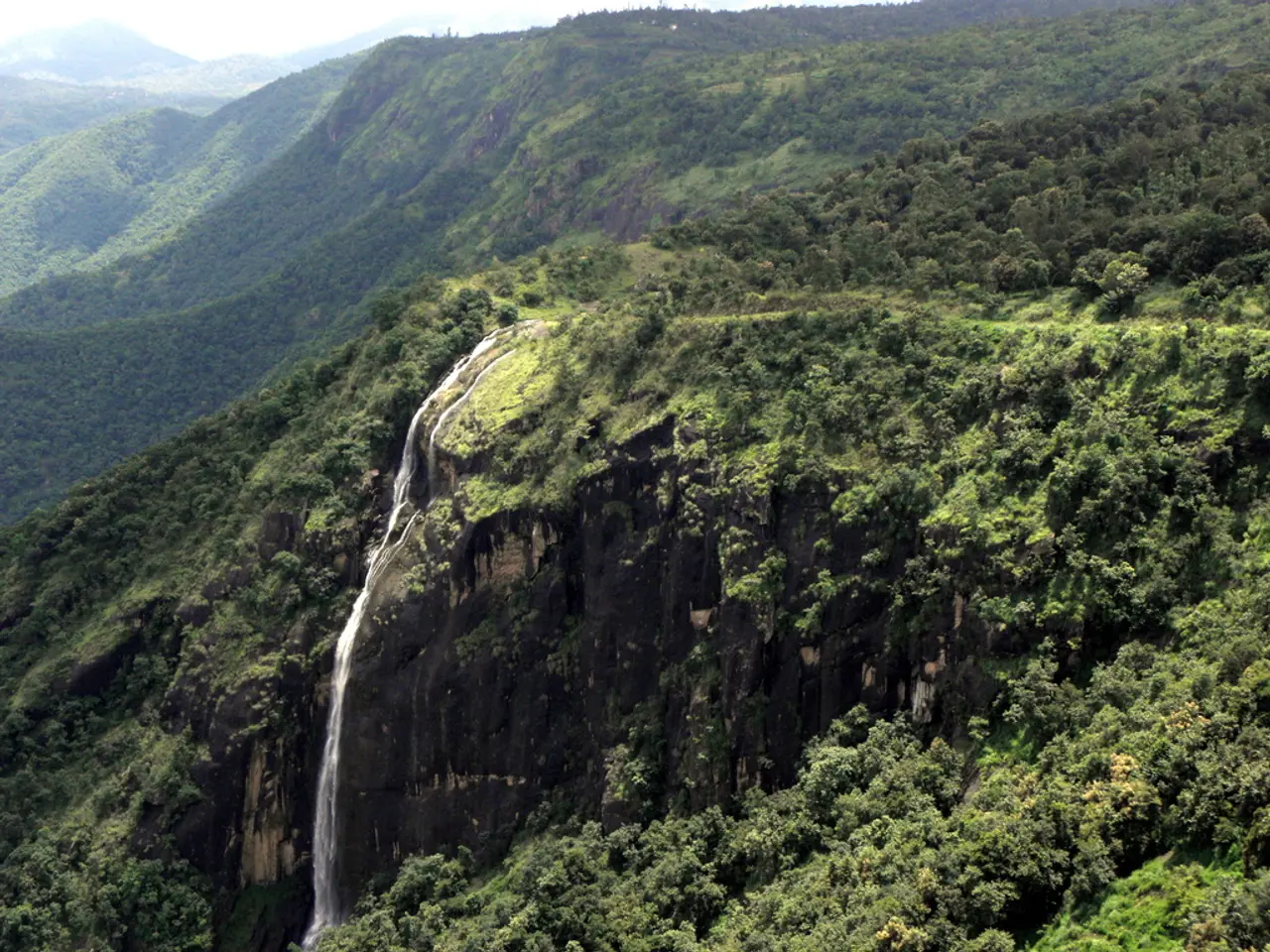Catastrophic flash floods in the Himalayan region have resulted in the death of more than 365 individuals. - Over 365 people perished as a result of flash floods in the Himalayan territory.
Monsoon Disaster in South Asia Claims Over 365 Lives
Heavy monsoon rains and flash floods have wreaked havoc in Pakistan, India, and Nepal, causing significant casualties and damage during the 2025 monsoon season.
In Pakistan, over 300 people have lost their lives, with most deaths occurring in flash floods affecting northern areas and Pakistan-administered Kashmir. The floods have triggered mudslides and damaged roads, making rescue efforts challenging. The district of Buner in the northwestern province of Khyber Pakhtunkhwa has been the hardest hit.
The floods in Indian-administered Kashmir have claimed at least 65 lives, with a significant number of casualties occurring after a cloudburst event inundated a village where Hindu pilgrims were gathered. This incident marks the second major Himalayan disaster in just over a week.
India has reportedly alerted Pakistan on possible flooding effects related to river water management under the Indus Water Treaty framework, signaling some level of bilateral communication amid the crisis.
The causes of these flash floods are largely due to intense monsoon rains combined with sudden cloudbursts, which can quickly overwhelm drainage systems and cause rapid flooding and landslides in mountainous regions. The Himalayan terrain makes these areas particularly vulnerable to such disasters, with rain-soaked soils triggering mudslides that worsen the impact.
Rescue efforts in Pakistan are ongoing, with teams searching for survivors and retrieving bodies from rubble and mud. However, poor weather and the remoteness of the disaster area are hampering rescue efforts. Five rescue workers in Pakistan died on Friday when their helicopter crashed.
In Nepal, at least 124 people have died since mid-April due to flash floods and landslides linked to the monsoon and preceding weather phenomena.
The monsoon season in South Asia runs from June to September, and the recent floods have also occurred in the Pakistani-controlled part of Kashmir and the region of Gilgit-Baltistan. The area where the flood occurred in India is a stopover on a popular route to a Hindu shrine, and the flood swept away temporary kitchen tents on Thursday as pilgrims were eating.
The provincial government in Pakistan has declared Saturday a day of mourning. The disaster management authorities in all three countries are working tirelessly to provide aid and support to those affected, highlighting the urgent need for disaster response and early warning systems in the region.
The Commission has also been consulted on the general-news of the draft directive on the protection of workers from the risks related to exposure to ionizing radiation, given the increased number of individuals at risk due to the recent monsoon disasters in South Asia. Despite the tragedy, crime-and-justice matters, such as the investigation into the helicopter crash in Pakistan's rescue efforts, are still ongoing. The unpredictable weather in the region continues to pose challenges, with forecasts predicting more heavy rainfall over the upcoming days.








